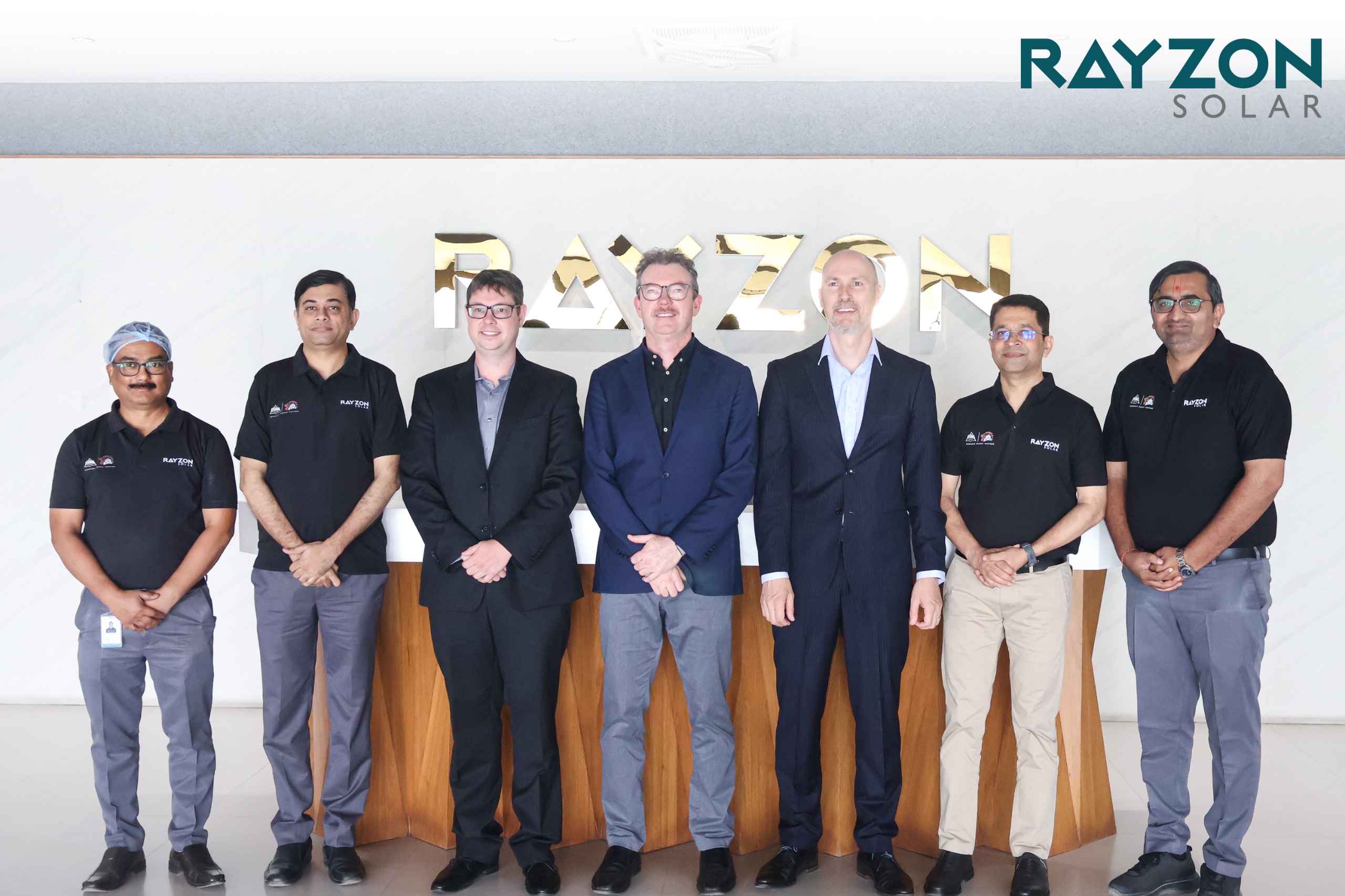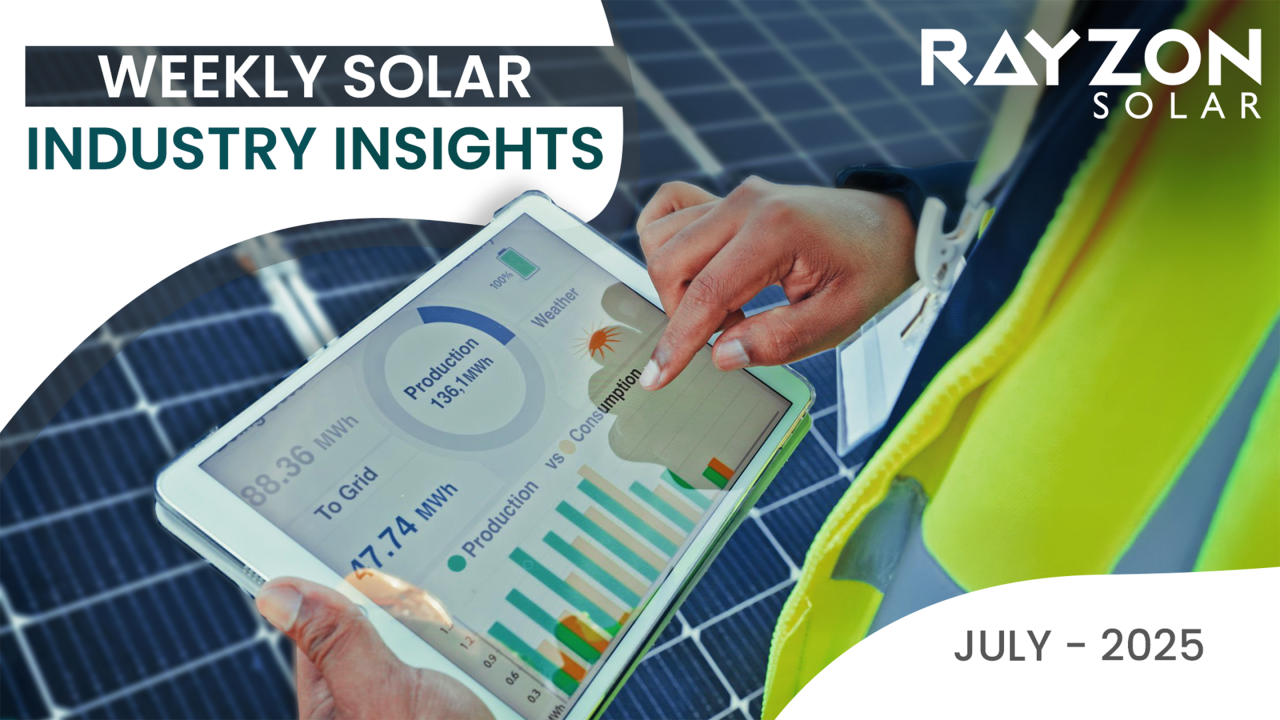
Weekly Solar Industry Insights: October 7th – October 13th, 2024
Canada Expands Funding for Renewable Energy and Grid Modernization
Canada has increased its investment in the Smart Renewables and Electrification Pathways (SREPs) Utility Support Stream, adding CAD 500 million to the fund, bringing the total to CAD 4.5 billion since 2021. This funding aims to advance clean energy infrastructure, focusing on renewable technologies and grid modernization. The first intake for utility and industry support is now open, with Canada's energy minister, emphasizing the program's role in reducing emissions and providing affordable clean energy. SREPs has funded 72 projects, adding 2,700 MW of renewable capacity.
Vietnam Revises Renewable Energy Import Prices from Laos
Vietnam has set a new price framework for renewable energy imports from Laos, effective from December 2025 to December 2030. The revised rates include a maximum of $0.0678/kWh for hydropower and $0.0640/kWh for wind power, down from the previous $0.0695/kWh. Solar power imports are not included in the framework. Vietnam, which has imported electricity from Laos since 2016, continues to expand its domestic solar capacity, surpassing 17 GW.
IEA Projects Massive Global Solar Expansion by 2030
The IEA's "Renewables 2024" report forecasts over 4,000 GW of new solar capacity worldwide by 2030, comprising 80% of global renewable energy growth. Total renewable capacity is expected to reach nearly 11,000 GW by 2030, driven mainly by utility-scale projects. China and India are poised to lead this expansion, with stable policies and infrastructure as key enablers.
India’s Solar Manufacturing Grows in Early 2024
India added 11.3 GW of solar module capacity and 2 GW of cell manufacturing in the first half of 2024, increasing total capacities to 77.2 GW for modules and 7.6 GW for cells. The growth is fueled by a 132.7 GW project pipeline and renewed regulations. While module production is robust, cell manufacturing lags, risking supply constraints. Dominant technologies include monocrystalline PERC and TOPCon.
Southeast Asia's Solar Manufacturing Capacity Expands
Southeast Asia's solar module capacity has reached 78.8 GW, driven by new projects across Cambodia, Laos, Vietnam, Indonesia, and Thailand. Cell production is expected to grow from 50 GW to 68 GW, while ingot capacity is projected to reach 32.6 GW by 2027. So many solar companies are leading these developments, underscoring the region's growing role in the global solar supply chain.
Information Source: PV magazine




